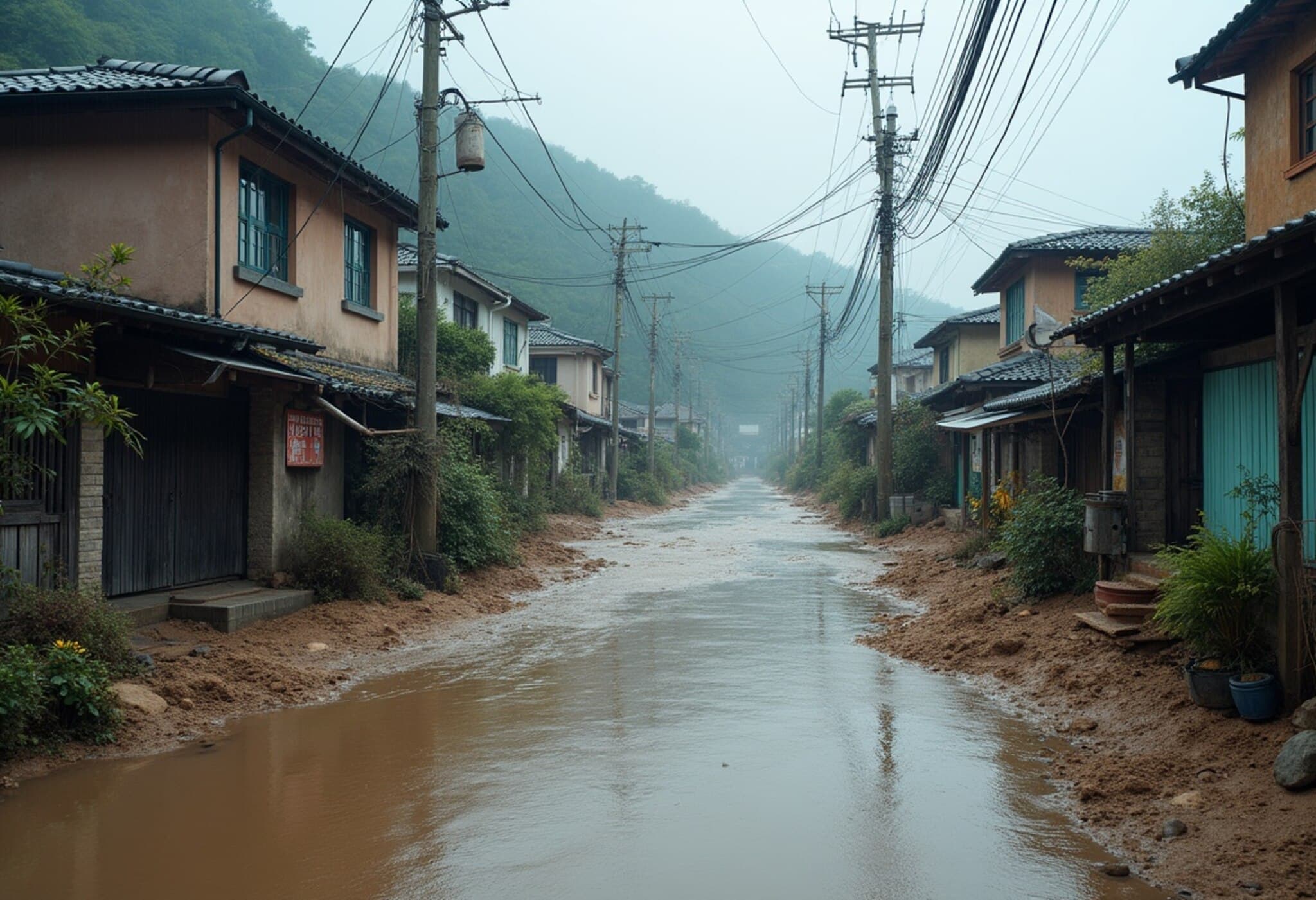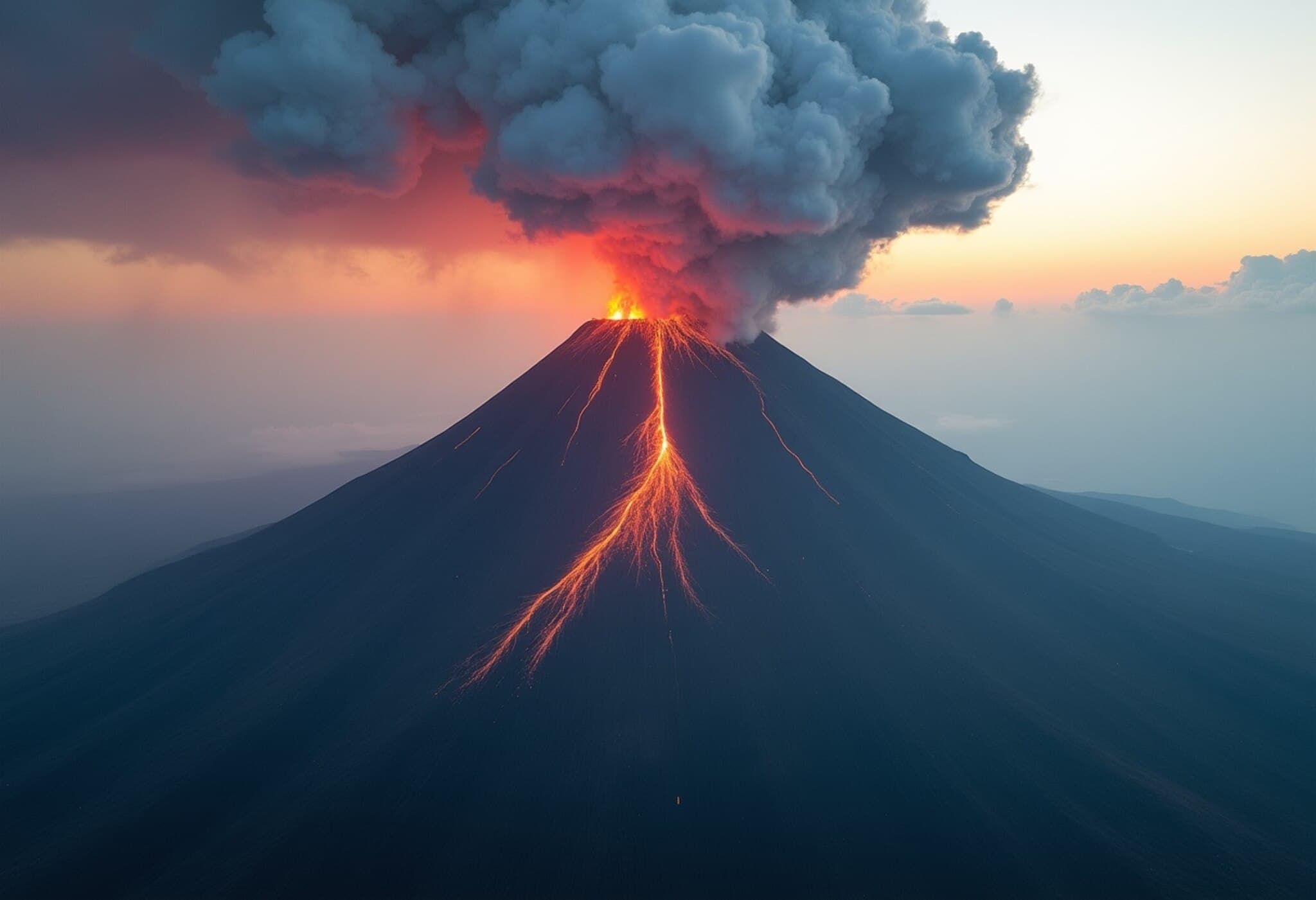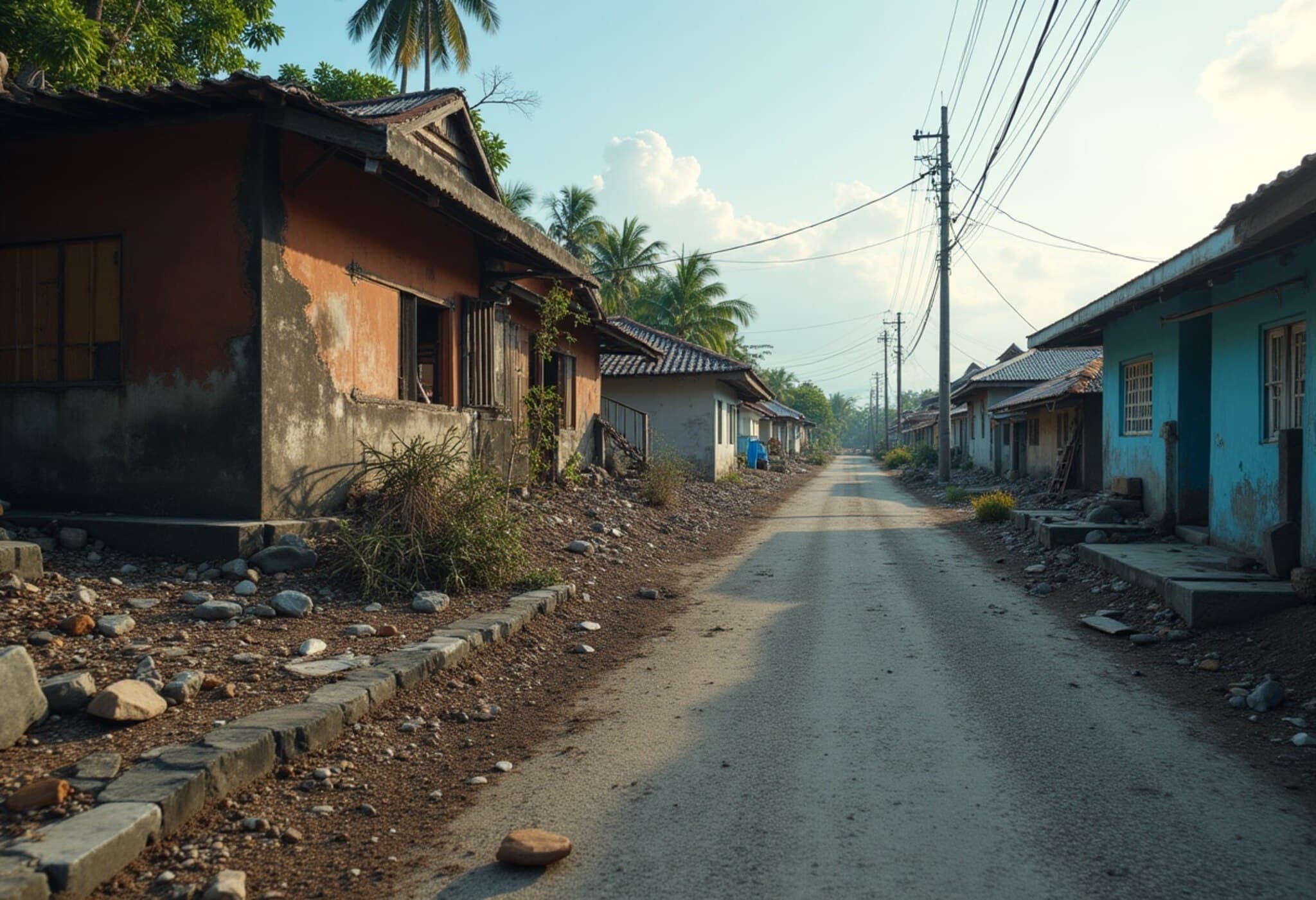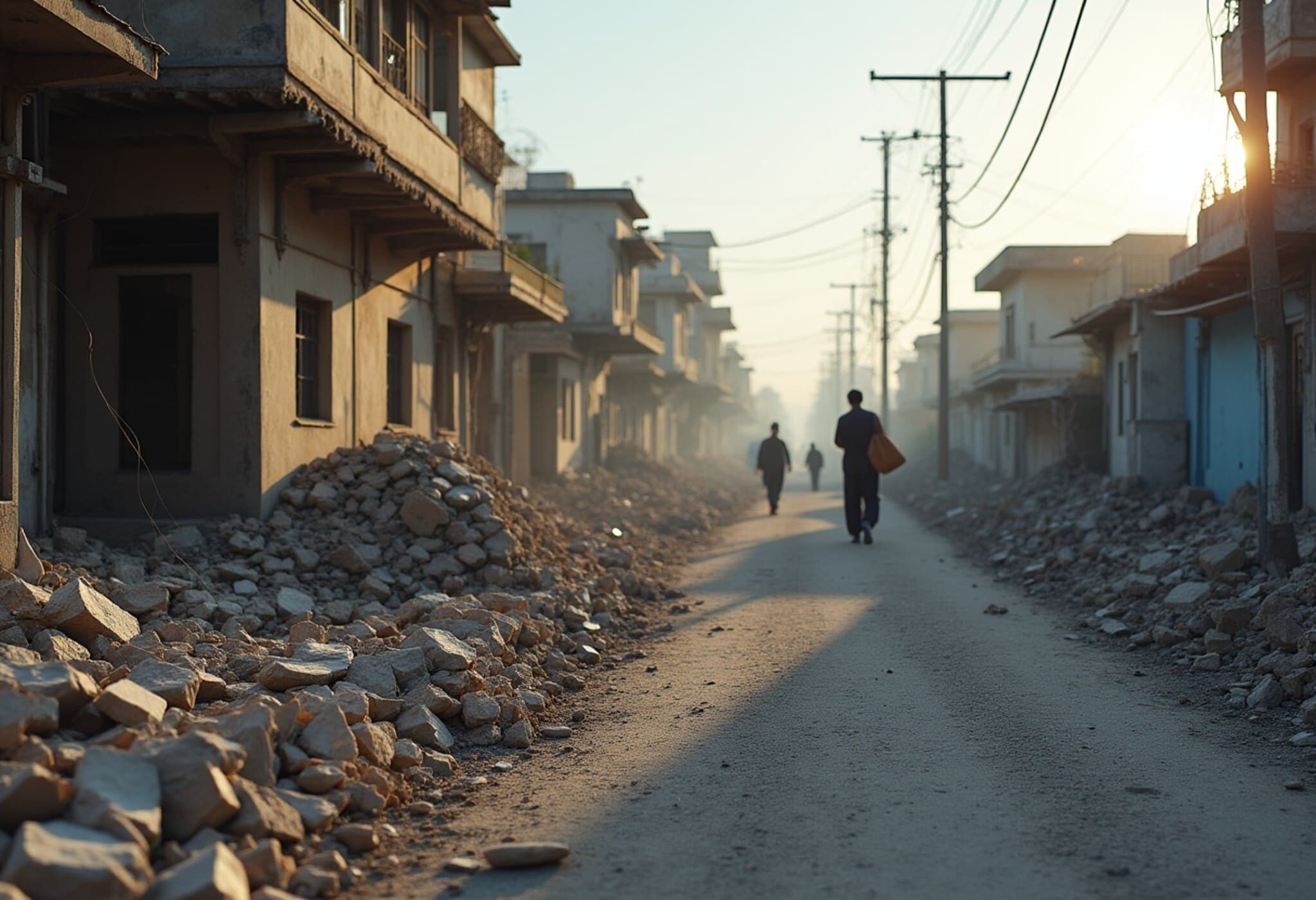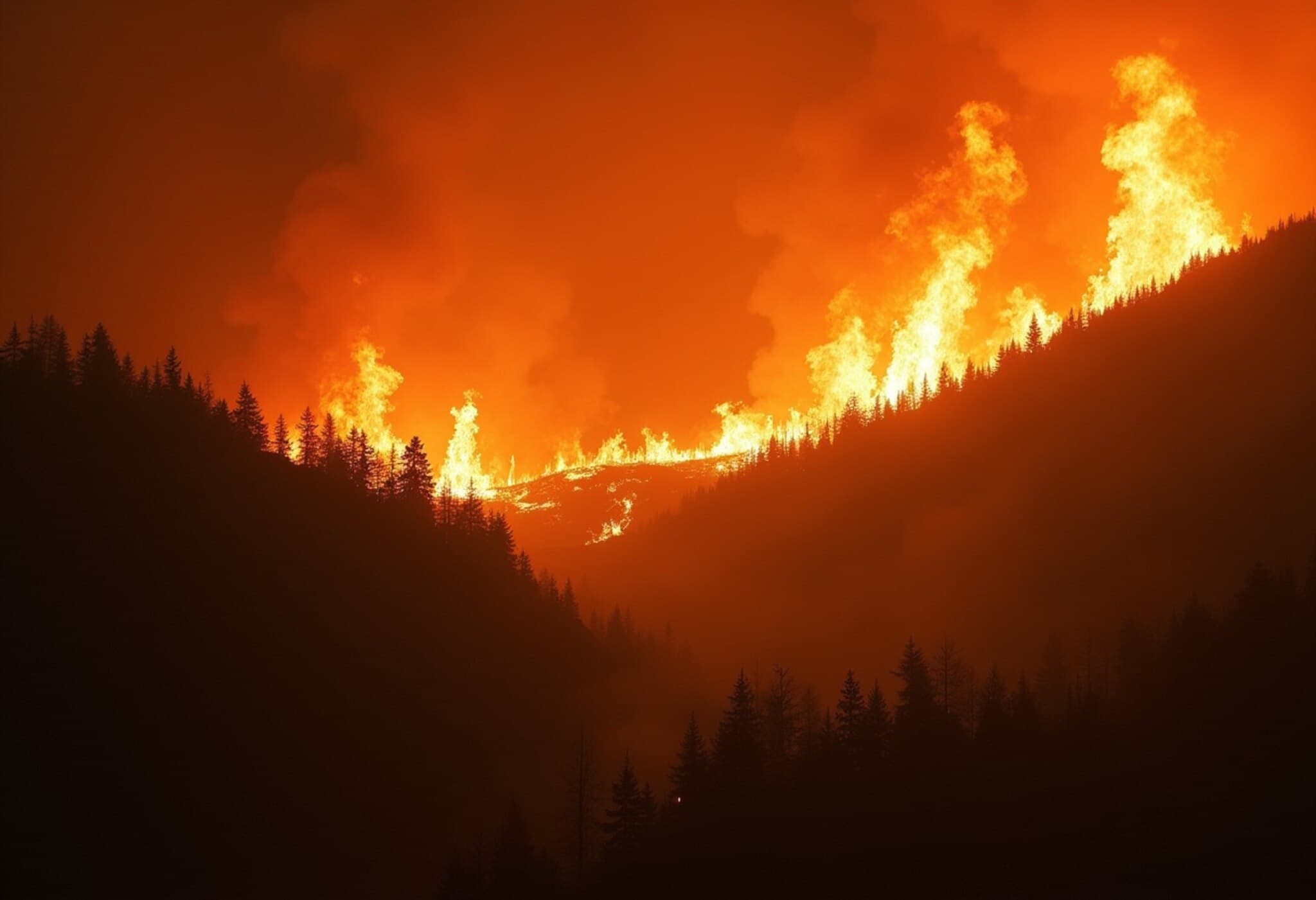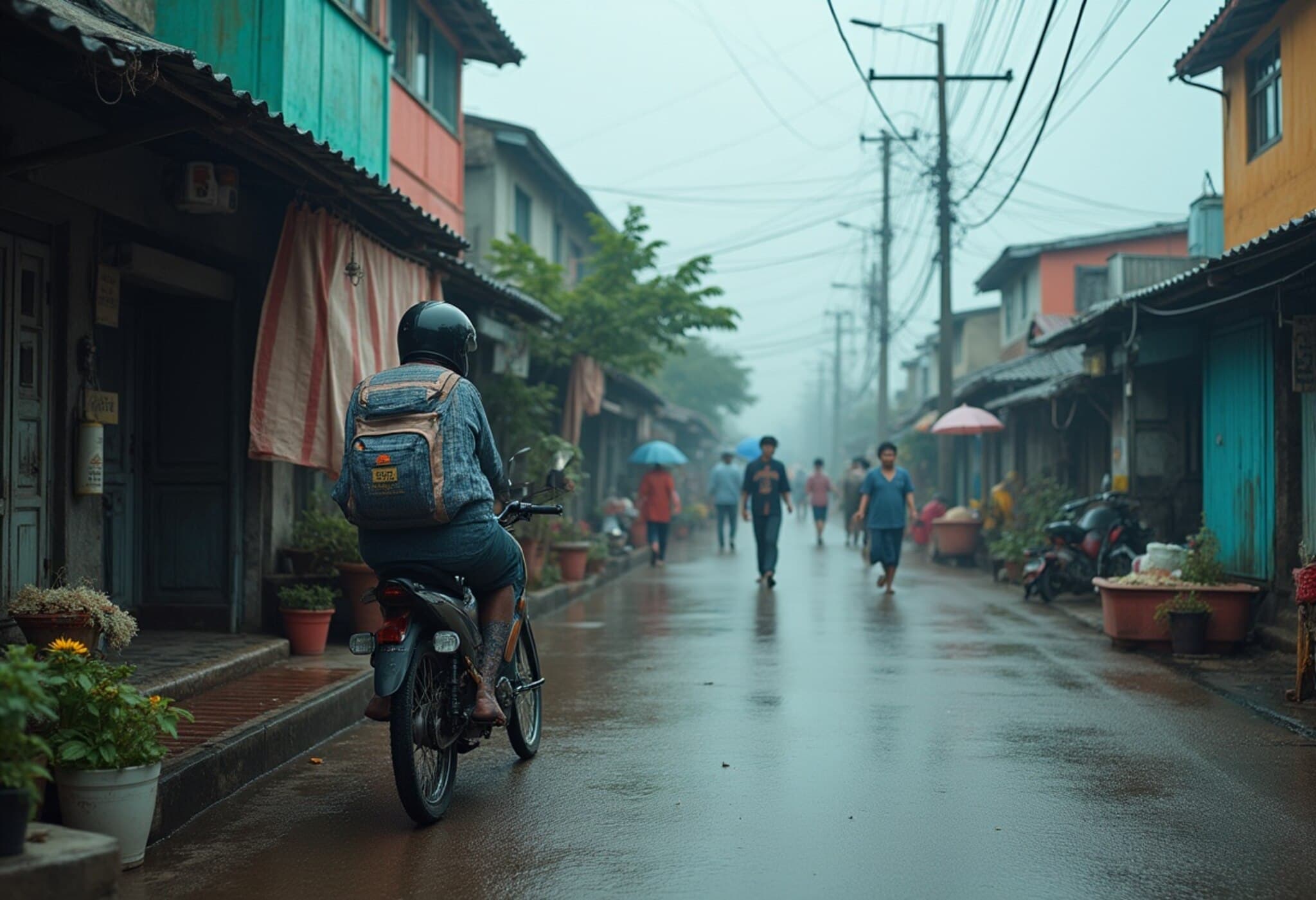Devastating Floods and Landslides in South Korea: Death Toll Reaches 14
South Korea is grappling with the aftermath of a severe weather crisis as relentless heavy rains triggered deadly landslides and widespread flooding across the country. As of Sunday morning, authorities confirmed that 14 people have lost their lives, with an additional 12 reported missing since the torrential rains began on Wednesday.
Impact and Affected Regions
The most affected areas include the northern resort town of Gapyeong, where at least two fatalities and two missing individuals were reported following a catastrophic landslide that buried homes and swept away vehicles. Meanwhile, southern regions like Yesan and Gwangju also faced significant flooding, disrupting daily life and infrastructure.
 A village submerged in floodwaters in Yesan, illustrating the scale of the flooding. (Photo credit: Yonhap via AP)
A village submerged in floodwaters in Yesan, illustrating the scale of the flooding. (Photo credit: Yonhap via AP)
Weather Patterns and Forecast
According to the South Korean government’s weather agency, the heavy rains that initially battered southern areas have now moved northward. While the downpour is expected to cease Sunday, it will likely be replaced by a scorching heatwave, adding to the region’s climate challenges.
The Broader Context: Climate Change and Urban Vulnerability
South Korea’s recent extreme weather events underscore a growing global pattern attributed to climate change. Intense rainfall and flooding pose increased risks to urban and rural communities, particularly where rapid development has reduced natural drainage and increased vulnerability.
Experts emphasize the need for enhanced disaster preparedness and resilient infrastructure, especially in flood-prone areas like Gapyeong, which is known for its scenic hills but is unfortunately susceptible to landslides during heavy rains.
Government Response and Public Safety Measures
The South Korean government has mobilized emergency response teams for search and rescue operations. Citizens have been urged to stay vigilant, avoid travel where possible, and heed weather advisories as recovery efforts continue. This tragic event highlights ongoing challenges that many East Asian countries face with increasingly frequent natural disasters.
Editor’s Note
While heavy rains triggered this immediate crisis, it also forces an important conversation about long-term urban planning and climate adaptation. How can South Korea and similar nations balance rapid urban growth with sustainable, disaster-resilient infrastructure? And what role can regional cooperation and technology play in early warning systems to save lives?
These questions remain critical as the world navigates the unpredictable realities of climate change.

